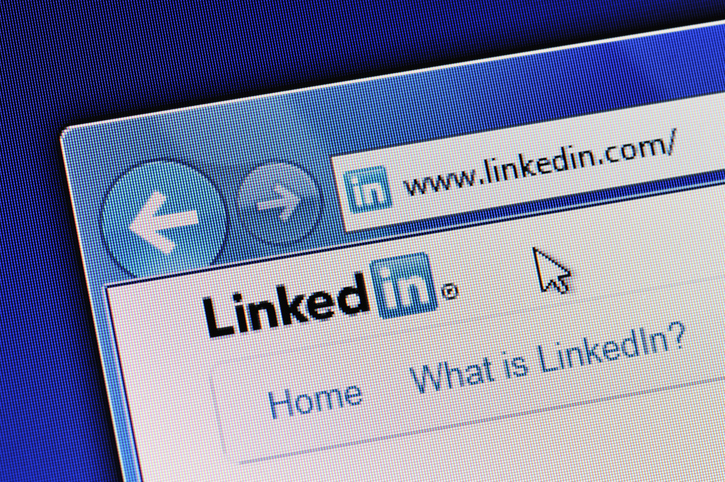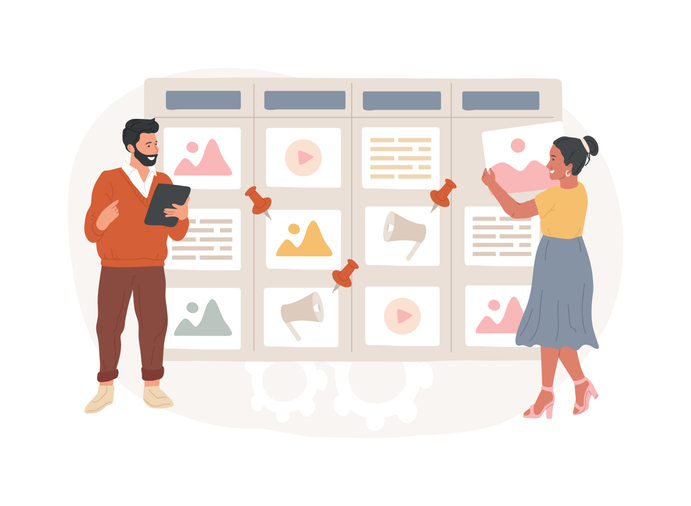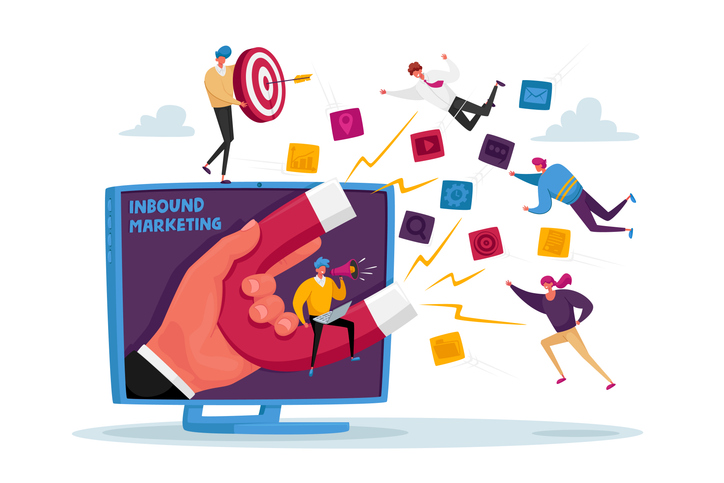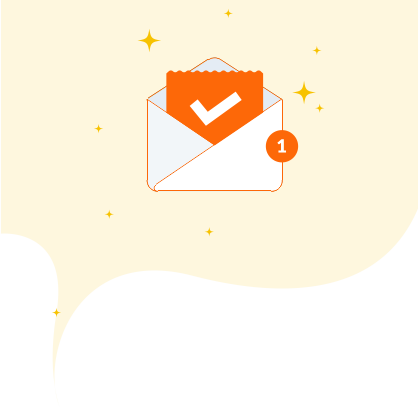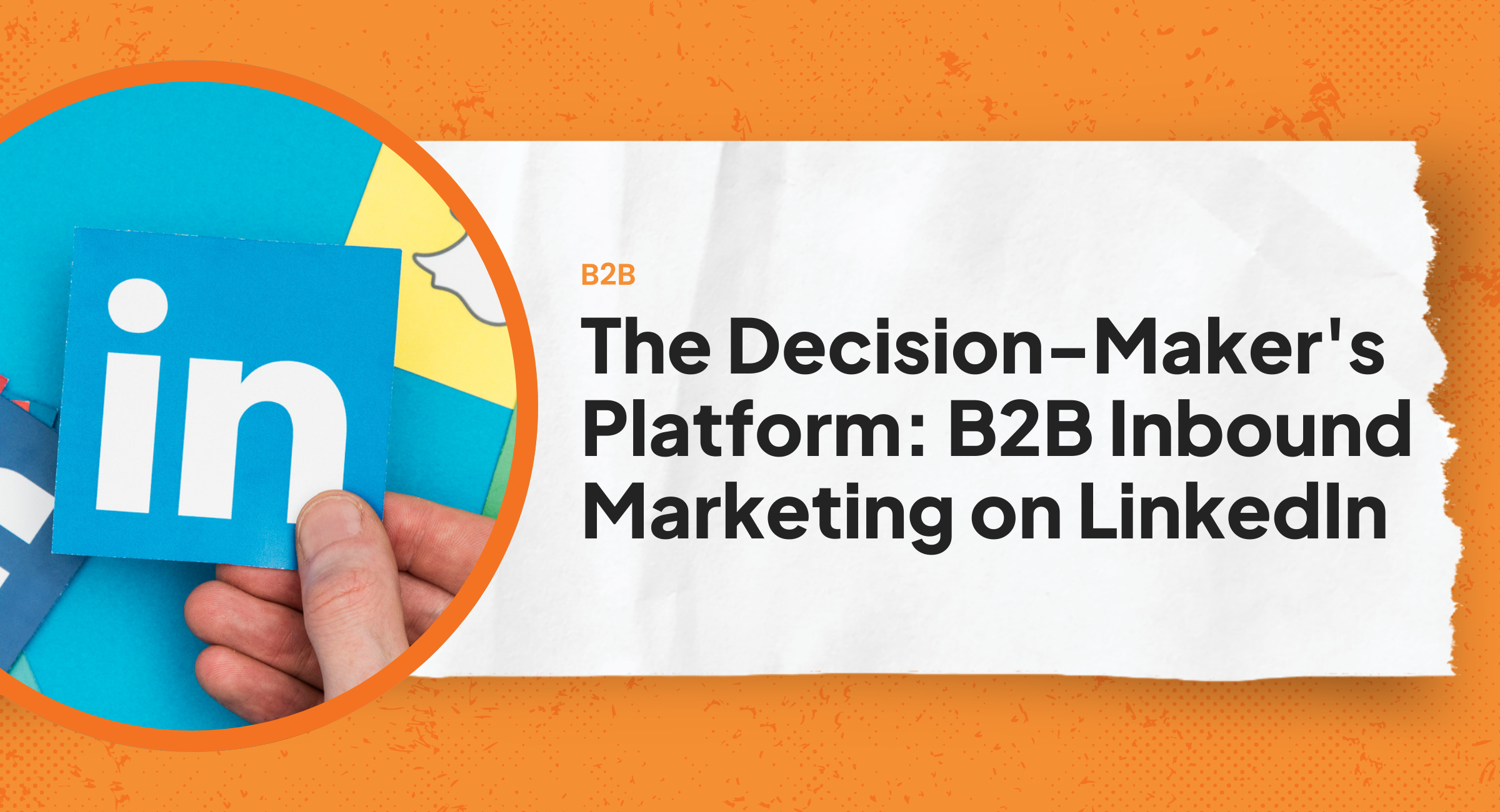
Inbound marketing B2B strategies on LinkedIn have become essential for companies seeking to engage decision-makers effectively in today’s digital landscape. As the professional networking platform continues to evolve, it has established itself as the premier destination for B2B connections, lead generation, and thought leadership.
LinkedIn’s dominance in the B2B space is backed by compelling data. The platform hosts over 930 million users across 200+ countries, with an impressive 80% of B2B leads originating from LinkedIn—significantly outperforming other social media platforms. For perspective, while platforms like Facebook and X may have larger user bases, LinkedIn’s focused professional environment makes it uniquely positioned for B2B engagement.
What distinguishes LinkedIn for B2B marketing is its unparalleled concentration of decision-makers. Recent data shows that approximately 80% of LinkedIn members influence business decisions at their companies, and about 60% are senior-level influencers. This concentration of decision-making power creates an unprecedented opportunity for companies to connect with the right audiences through targeted inbound marketing strategies.
Understanding LinkedIn’s B2B Ecosystem
Platform Demographics
LinkedIn’s professional ecosystem is uniquely structured for B2B success. The platform’s core demographic consists of business professionals, with a particularly strong representation in key industries like manufacturing, technology, and professional services. The dominant age group spans 30–49 years—professionals typically at their career peak who often lead departments or entire organizations.
What’s particularly noteworthy is the platform’s rich representation of C-suite executives and senior decision-makers. These professionals actively engage during business hours with their “business caps” on, creating an ideal environment for meaningful B2B connections. Industries like manufacturing have seen especially strong growth in engagement, with many decision-makers using the platform to research potential business partnerships and solutions.
Professional engagement patterns on LinkedIn follow distinct rhythms that differ from other social platforms. Users typically engage most actively during business hours, particularly Tuesday through Thursday between 9 AM and noon in their respective time zones. This predictability allows for more strategic content timing and higher engagement rates. This demographic composition creates an ideal environment for B2B engagement, particularly when we examine why LinkedIn excels as an inbound marketing platform.
Why LinkedIn Excels for B2B Inbound Marketing
The platform’s success in B2B inbound marketing stems from several unique advantages. First, the professional mindset of users sets LinkedIn apart. Unlike other social media platforms where users might be seeking entertainment or personal connections, LinkedIn users are specifically focused on professional growth, industry insights, and business opportunities. This mindset alignment makes them more receptive to well-crafted B2B content and business-focused messaging.
LinkedIn’s built-in business networking features provide powerful tools for B2B engagement. The platform’s architecture is specifically designed for professional networking, with features like Company Pages, Showcase Pages, and LinkedIn Groups that facilitate meaningful business connections. For example, manufacturing companies can leverage these features to showcase their expertise, share industry insights, and engage with potential clients in relevant industry groups.
The platform’s advanced targeting capabilities are particularly valuable for B2B manufacturing marketing. Companies can precisely target their content and advertisements based on industry, company size, job title, and other professional criteria. This granular targeting ensures that your inbound marketing efforts reach the most relevant decision-makers in your industry.
Furthermore, LinkedIn’s ecosystem naturally integrates with sophisticated B2B marketing strategies. The platform’s focus on professional content and business relationships aligns perfectly with the longer sales cycles and relationship-based nature of B2B transactions.
What Are the Core Components of B2B Inbound Marketing on LinkedIn?
To create an effective inbound marketing B2B strategy on LinkedIn, businesses need to focus on two fundamental pillars: a robust content strategy and optimized profiles. Let’s explore how these components work together to attract and engage decision-makers.
Content Strategy
The foundation of successful content marketing for manufacturers lies in creating valuable, relevant content that addresses specific industry challenges. Thought leadership content plays a crucial role here—it’s not just about sharing information, but about providing unique insights that demonstrate your in-depth understanding of industry challenges and solutions.
When developing thought leadership pieces, focus on addressing common pain points in your industry. For example, if you’re in manufacturing, discuss emerging technologies, process optimization, or sustainability practices. These topics showcase your expertise and create meaningful engagement with decision-makers who face similar challenges.
- Industry insights and trends analysis form another vital component of your content strategy. Share data-driven observations about market changes, technological advancements, and emerging opportunities. This approach positions your company as a knowledgeable industry observer while providing valuable information to your audience.
- Technical expertise sharing stands as a cornerstone of effective digital content creation in B2B spaces. Create detailed content that explains complex concepts, processes, or technologies relevant to your industry, such as how-to guides, technical specifications, or process improvement methodologies.
- Case studies and success stories serve as powerful tools for demonstrating real-world applications of your solutions. These narratives should focus on specific challenges, implemented solutions, and measurable results, providing concrete evidence of your capability to solve industry problems.
Profile and Page Optimization
Your LinkedIn company page serves as your digital storefront and must be optimized for maximum impact. Start with a compelling company description that clearly communicates your value proposition and expertise. Include relevant keywords naturally throughout your page content to improve visibility in LinkedIn searches.
Personal profile enhancement is equally essential, particularly for key team members who interact with potential clients. Ensure that leadership profiles reflect both individual expertise and company values. Professional headshots, detailed experience descriptions, and regular activity updates help build credibility and trust.
SEO best practices for LinkedIn align closely with manufacturing lead generation goals. Use industry-specific keywords in your company page, showcase pages, and individual profiles. However, avoid keyword stuffing—maintain a natural, professional tone while incorporating relevant terms.
How to Build an Effective Inbound Strategy?
Content Planning
Successful inbound marketing requires a systematic approach to content creation and distribution. Begin by developing a comprehensive content calendar that aligns with your business objectives and industry events. This calendar should map out topics, formats, and publishing schedules at least three months in advance.
- Topic selection should be driven by a combination of industry trends, audience needs, and your expertise. Research common questions and challenges in your industry through LinkedIn groups, industry forums, and direct client feedback. Create content that addresses these specific pain points while showcasing your solutions.
- Format diversity is crucial for maintaining engagement. While LinkedIn articles allow for in-depth exploration of topics, shorter posts can drive quick engagement. Video content, particularly product demonstrations or expert interviews, can significantly increase engagement rates. According to LinkedIn’s own data, video content receives five times more engagement than other content types.
- Content repurposing strategies help maximize the value of your content efforts. A single piece of long-form content can be transformed into multiple formats: break down comprehensive guides into series of posts, convert case studies into infographics, or transform webinar content into article series.
Engagement Tactics
Effective engagement on LinkedIn goes beyond posting content. It requires active participation in your professional community. Join and participate in relevant industry groups where your target audience is active. For instance, when commenting on industry trends, share specific experiences or data points that add value to the discussion rather than simply agreeing or offering generic responses.
- Develop a systematic approach to commenting and engaging with others’ content. Focus on adding value through your comments rather than simply acknowledging posts. Share your expertise and experiences in a way that encourages further discussion.
- Direct messaging should be approached strategically. Personalize your outreach based on shared connections, common interests, or specific content interactions. Avoid generic sales pitches; instead, focus on building genuine professional relationships through meaningful conversations.
- Employee advocacy programs can significantly amplify your reach. Encourage team members to share company content and engage with industry discussions. Provide guidelines and training to ensure consistent messaging while allowing for personal perspectives and authentic engagement.
Conclusion
Inbound marketing B2B on LinkedIn represents a powerful opportunity for businesses to connect with decision-makers and drive meaningful growth through strategic engagement. By implementing targeted content strategies, optimizing profiles, and maintaining consistent professional engagement, companies can transform their LinkedIn presence into a valuable lead generation engine. The key lies in delivering authentic value while building genuine professional relationships that support long-term business success.
Ready to Transform Your LinkedIn Presence Into a Powerful B2B Marketing Engine?
Our team specializes in helping businesses develop and implement effective LinkedIn strategies that drive real results. Contact us today to schedule a consultation and discover how we can help you achieve your B2B marketing goals.
